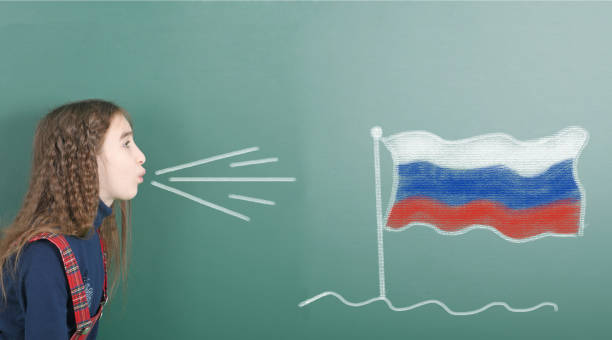From ‘переводчитк’ to ‘переводчик’: Common Russian Typos in Online Translation
Misspellings in non-Latin alphabets can be especially problematic, and the Russian typo “переводчитк” is a prime example. This error often shows up as users attempt to type the word “переводчик,” which means “translator.”
The Anatomy of the Typo
“Переводчитк” includes most of the correct characters from “переводчик” but introduces an additional “т.” This can occur for several reasons:
- Typing quickly on Cyrillic keyboards
- Autocorrect anomalies
- Fat-finger errors or predictive text misfires
The Importance of the Word “переводчик”
In Russian-speaking countries, “переводчик” is a vital term, used in contexts ranging from casual discussions to high-level diplomatic interactions. Getting it right is critical, especially in professional translation, academic, or journalistic work.
Why Typos Like This Matter
Inaccurate spellings can lead to:
- Search engine confusion
- Incorrect suggestions or document flagging
- Machine learning misinterpretation
When typos like “переводчитк” go unchecked, they can distort online communication and even introduce errors in AI language training.
Fixing the Issue
- Better spell-check systems for Cyrillic-based languages.
- Keyboard optimization tools that reduce misclick probability.
- Educating users about the correct spelling.
Conclusion
While “переводчитк” may seem minor, it reflects broader trends in digital miscommunication and the need for improved tools and user awareness in Russian-language tech spaces.













Post Comment